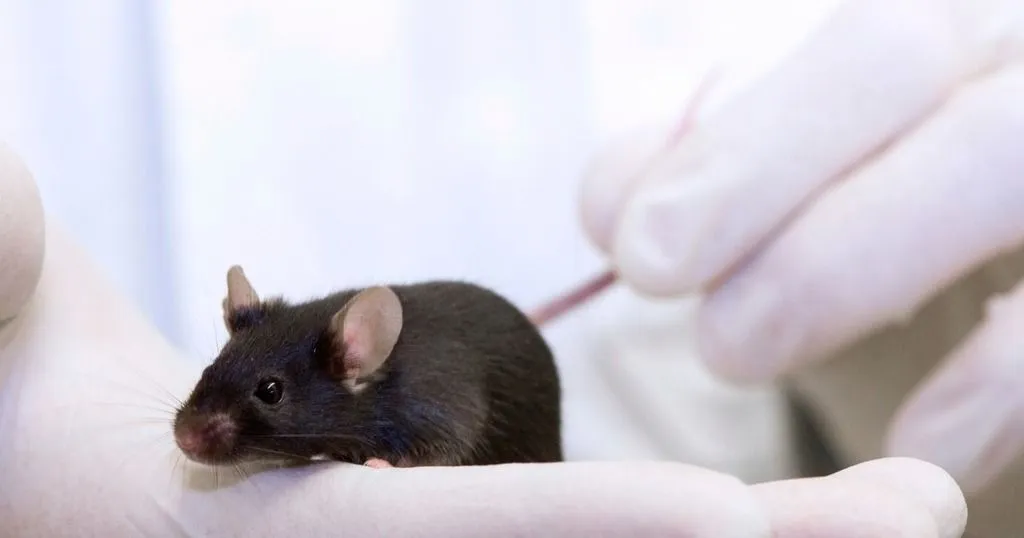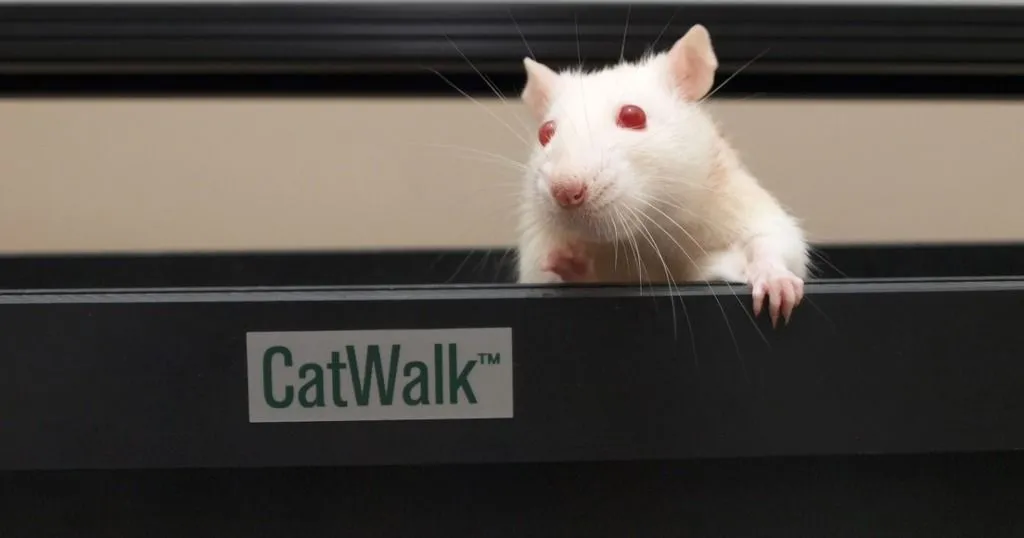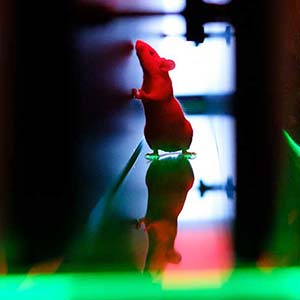CatWalk XT gait analysis versus treadmills
Traditionally, there are two fundamentally different ways to analyze gait in animals. One can either observe or measure gait in an unrestricted manner, or in a forced manner, as seen when using a treadmill or treadwheel.
Posted by
Published on
Mon 13 May. 2013
Topics
| CatWalk XT | Gait Analysis | Rats | Foot Prints |

Traditionally, there are two fundamentally different ways to analyze gait in animals. One can either observe or measure gait in an unrestricted manner, or in a forced manner, as seen when using a treadmill or treadwheel.
In this blog post we will discuss the pros and cons of different gait assessing methods, and compare them to the CatWalk XT method.
Unforced gait
The unforced way of assessing gait ability is what we see in many daily practices of physicians- watching closely as the patient moves to and from them. In lab animals this is translated into traditional methods such as BBB scoring and paw inking. The main advantage of unforced gait is that the animal is allowed to move at a speed that its gait (ab)normality or endurance will allow.
Variety between treatment groups
When analyzing gait, there is often variety within and between treatment groups, such as speed of movement. Since speed of movement influences a lot of gait parameters, researchers find it important to adjust for speed even though it is the most obvious gait phenotype.
Adjusting for speed
The most obvious method of regulating speed is using a motorized treadmill or treadwheel system, which eliminates variations in speed within treatment groups… or does it? The only thing you can be sure of is that the animals all walk with the same average speed; the speed to which the treadmill system is set. However, they typically reach this average speed by constantly varying their speed moving up and down the treadmill. Furthermore, animals with different stress levels, different endurance levels or type of injury will have different strategies to ‘stay up to speed’, which can eventually result in huge variations in walking speed, jumping and limping behavior, etc.
The stress to keep up
Generally speaking, a treadmill does not frighten a human patient, because they can be told what is going on, and they can stop the treadmill if necessary. Animals, however, cannot comprehend what is going on, potentially leading to increased stress levels. The researcher sets a speed for them and they have to keep the pace, or they will fall. Their natural instinct is to do whatever it takes to keep up, possibly introducing gait artifacts. While this set speed potentially reveals deviations in gait, it might also mask those subtle changes in gait that are the focus of your research.
The CatWalk XT system
CatWalk XT successfully gives you the best of both worlds by combining a walkway system and advanced software program. CatWalk XT allows animals to walk at their own intrinsic speed in an unforced manner, guided in a straight line due to the restriction introduced by the walls of the corridor. Afterwards, the software allows you to adjust for speed and speed variations. This way you can detect artifacts in gait in a non-artificial manner, all while introducing the least amount of stress on the animal.
Motivating the animal
Of course, this straight line does not solve all problems of standardization. First, animals might not want to walk. Although training helps, motivation often works even better. That is why CatWalk XT uses a goal box at the end of the runway. This way, animals are motivated by the prospect of their home cage or some other reward.
Capturing footprints in detail
The biggest advantage of CatWalk XT is the way in which it measures the footfalls. CatWalk XT uses a technology called Illuminated Footprints. The animal traverses a glass walkway with a camera mounted underneath. Light shines through this walkway, reflecting the footprint only when it touches the glass. This results in a very precise recording of the actual placement of the feet. Belt driven systems are far less accurate, often detecting part of the feet that are not actually touching the walkway.
Your challenge
As you can see, there are many different ways to assess gait. It is up to you to find the one that suits your research needs and budget. You might be surprised at what a robust system like CatWalk XT can do for your research.
Click here to read more about CatWalk XT or about gait analysis, or here to read more blog posts on this subject.
Related Posts

Behavioral effects of optogenetically induced myelination in mice

Using CatWalk gait analysis to study monoarthritis in mice

